This flaky butter pie crust recipe results in an incredibly buttery and flaky pastry. It is suitable for a traditional 9-inch pie shell as well as the base of a rustic galette. Since it is unsweetened, you can utilize it for any savoury pies, such as quiches, as well.
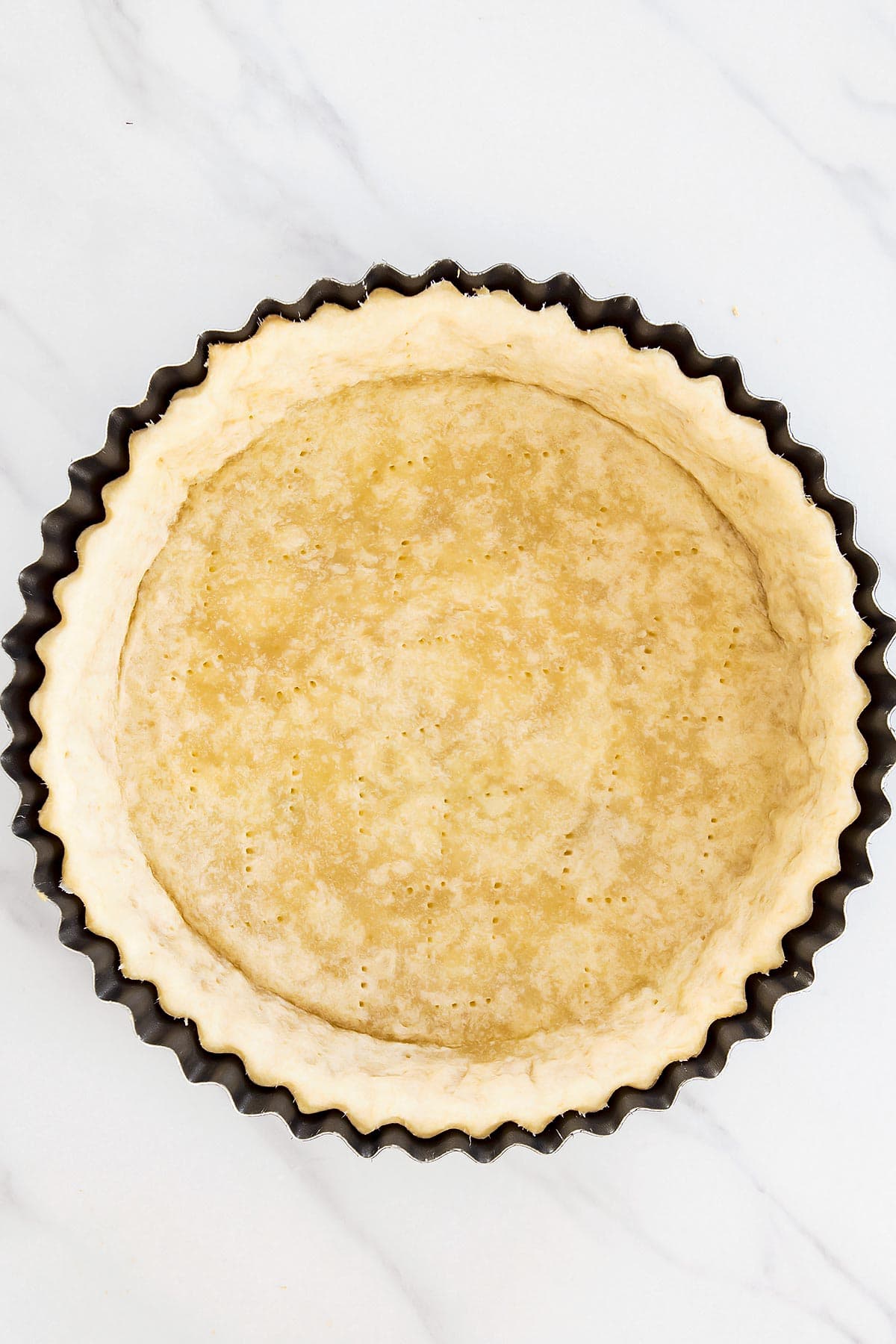
How to Make Flaky Butter Pie Crust
For those who don't love to make pie crust or the hands-on feeling of dough, this is a perfect pie crust; it starts with using a food processor. Add the flour (sometimes I replace half with whole wheat flour) and salt to a food processor and run for a few seconds to combine. With the machine still running, add the cut-up cold butter pieces through the chute. The mixture should be crumbly and look like wet sand.
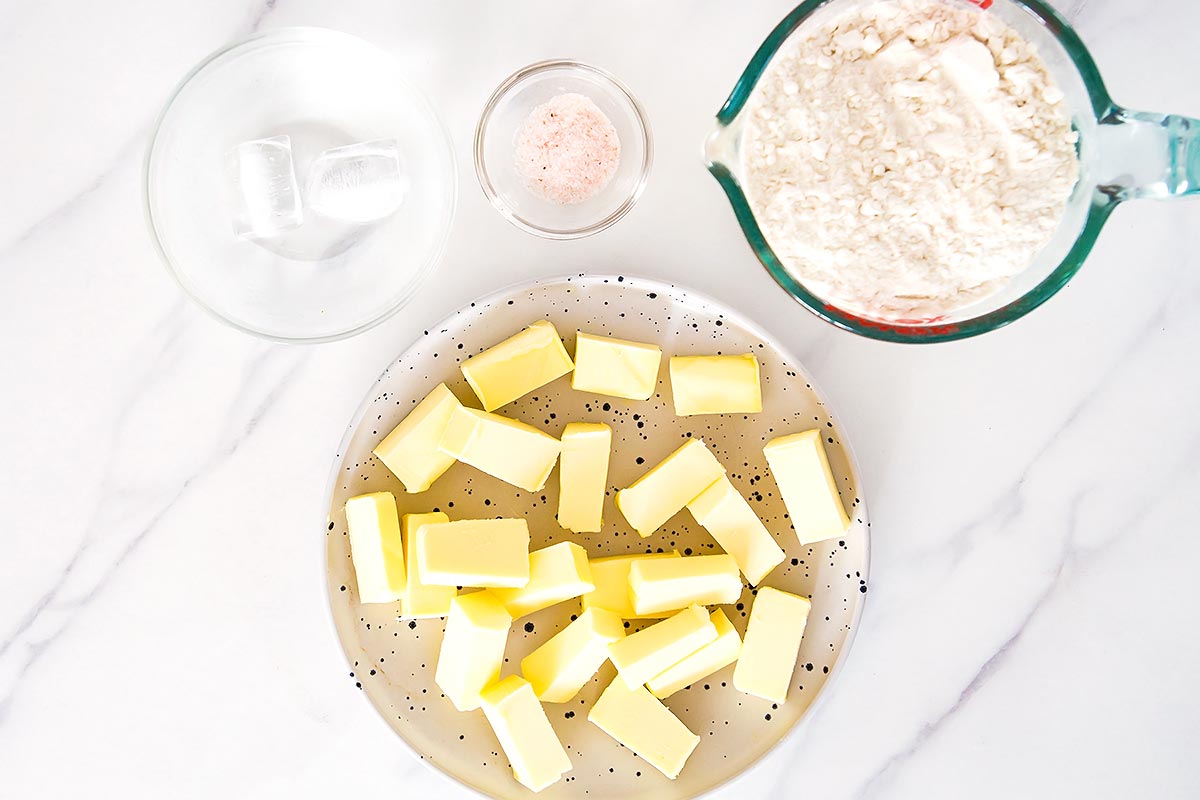
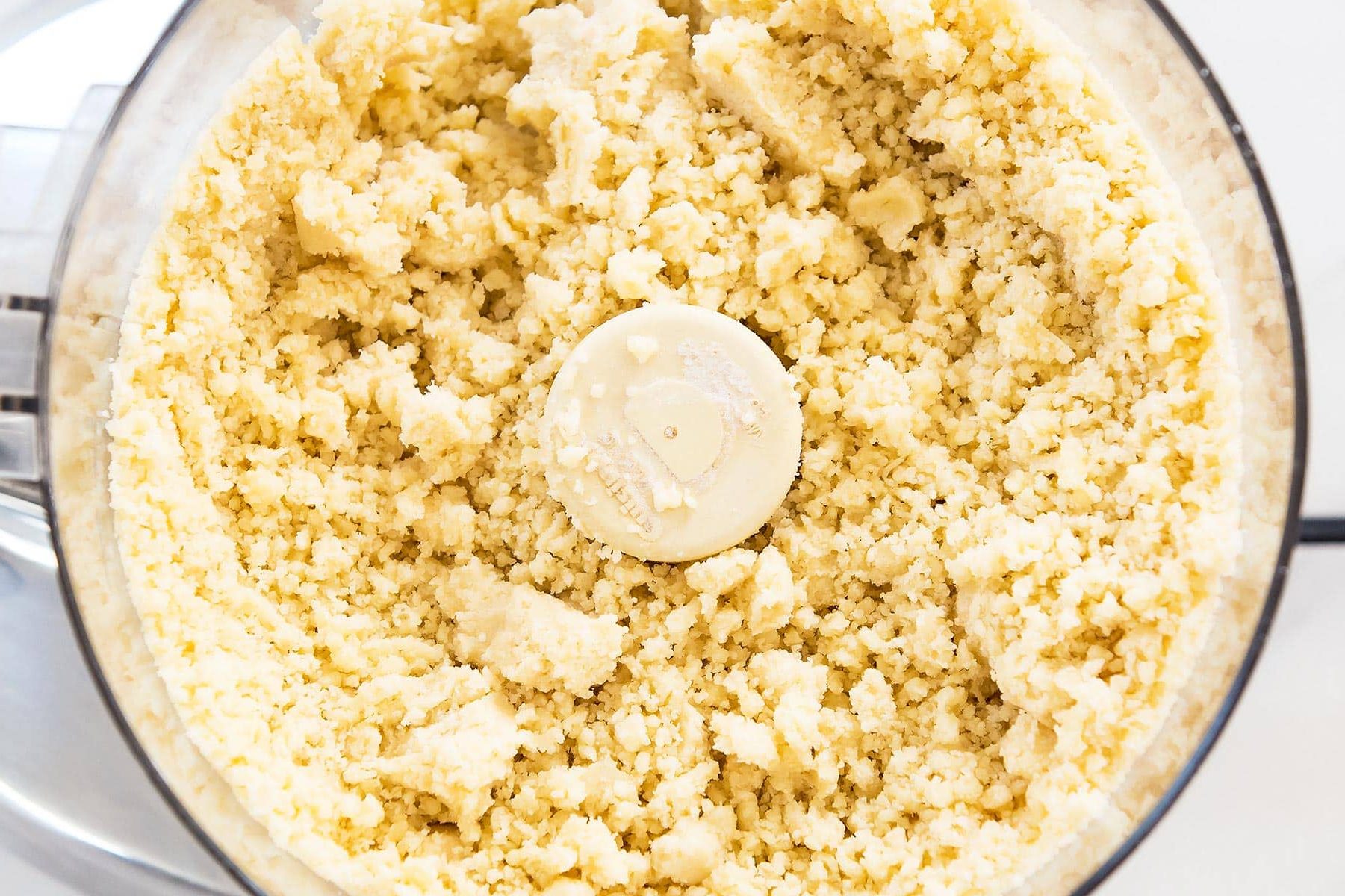
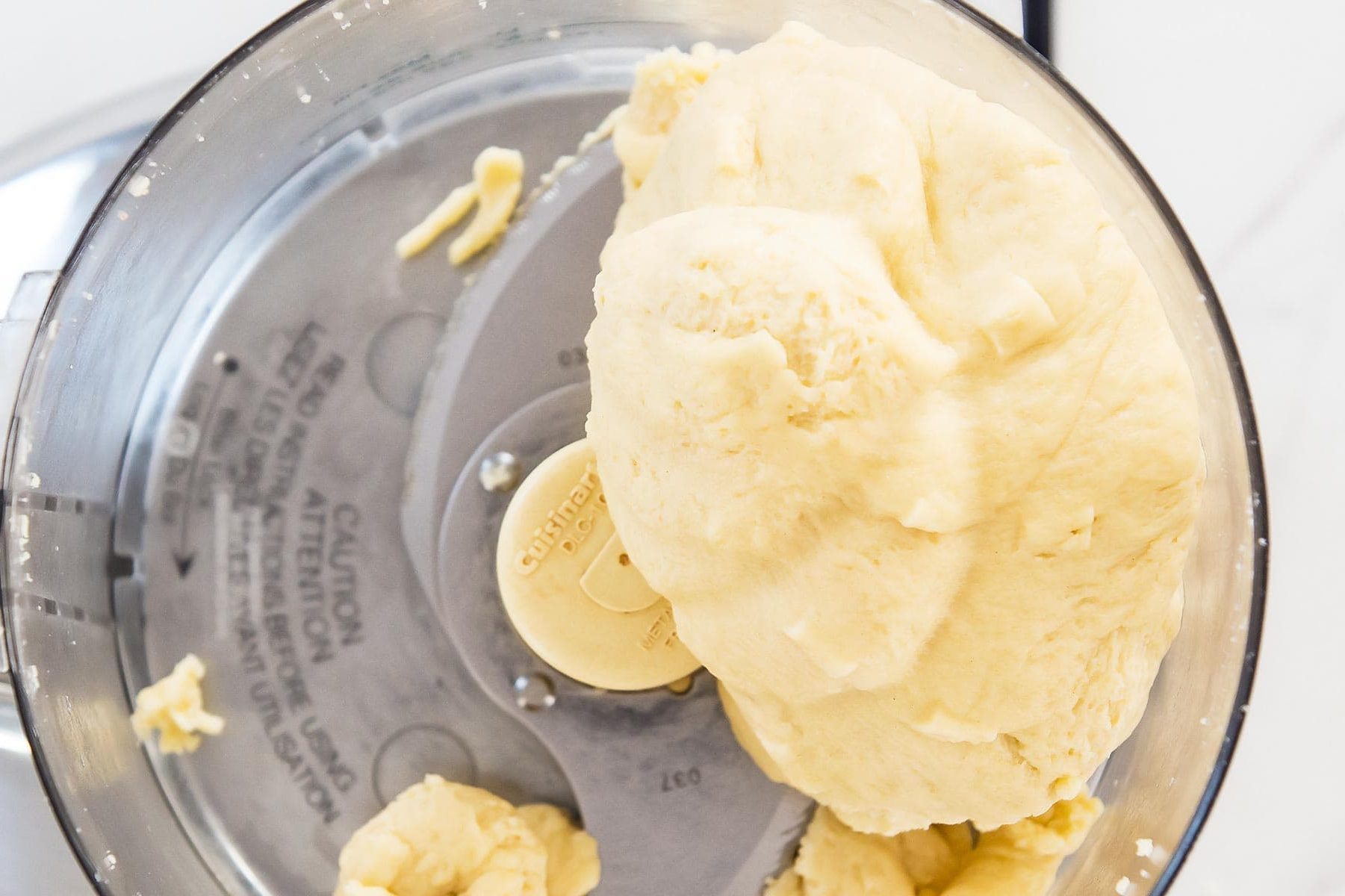
Turn the food processor on again and slowly add enough ice-cold water until a dough ball forms that pulls away from the sides of the bowl. At this point, shape the dough into a disk, wrap it with plastic wrap, and chill the dough for 1 hour. Alternatively, you can freeze it for a total of 20 minutes, if you are in a hurry.
Chilling the dough will ensure that the dough is easy to roll out and work with. It also allows the dough to rest so that it becomes melt-in-your-mouth flaky rather than tough.
Once the dough is chilled, you can roll it out on a lightly floured surface until it reaches a ¼-inch thickness. Once it is rolled out, it should be able to fit a traditional pie plate. However, if you would like a double crust pie, you can make two batches. Alternatively, you could use a round cutter to cut smaller portions of dough for tarts or mini galettes.

How to Turn the Dough into a Galette
For a large galette, you can simply transfer the dough to a parchment-lined baking sheet before adding your filling, and folding the edges over sides while leaving some fruit exposed. Then, you bake them in a 400°F oven until golden.
You can even use a round cutter to cut out rounds of dough for individual-sized galettes. The total baking time for these can vary depending on the size of your galettes and the type of filling you use.
How to Turn the Dough into a Pie
If you would like to make a single shell pie, roll out the dough and carefully transfer it to the pie plate. I like to gently roll the sheet of pie dough over the rolling pin to aid with moving it over to the pie plate.
Then, you can press the dough into the pie plate, ensuring that there are no folds. You can either crimp the dough into a pretty pattern or trim the overhang. Prick the bottom and sides with a fork to reduce puffing up during baking.
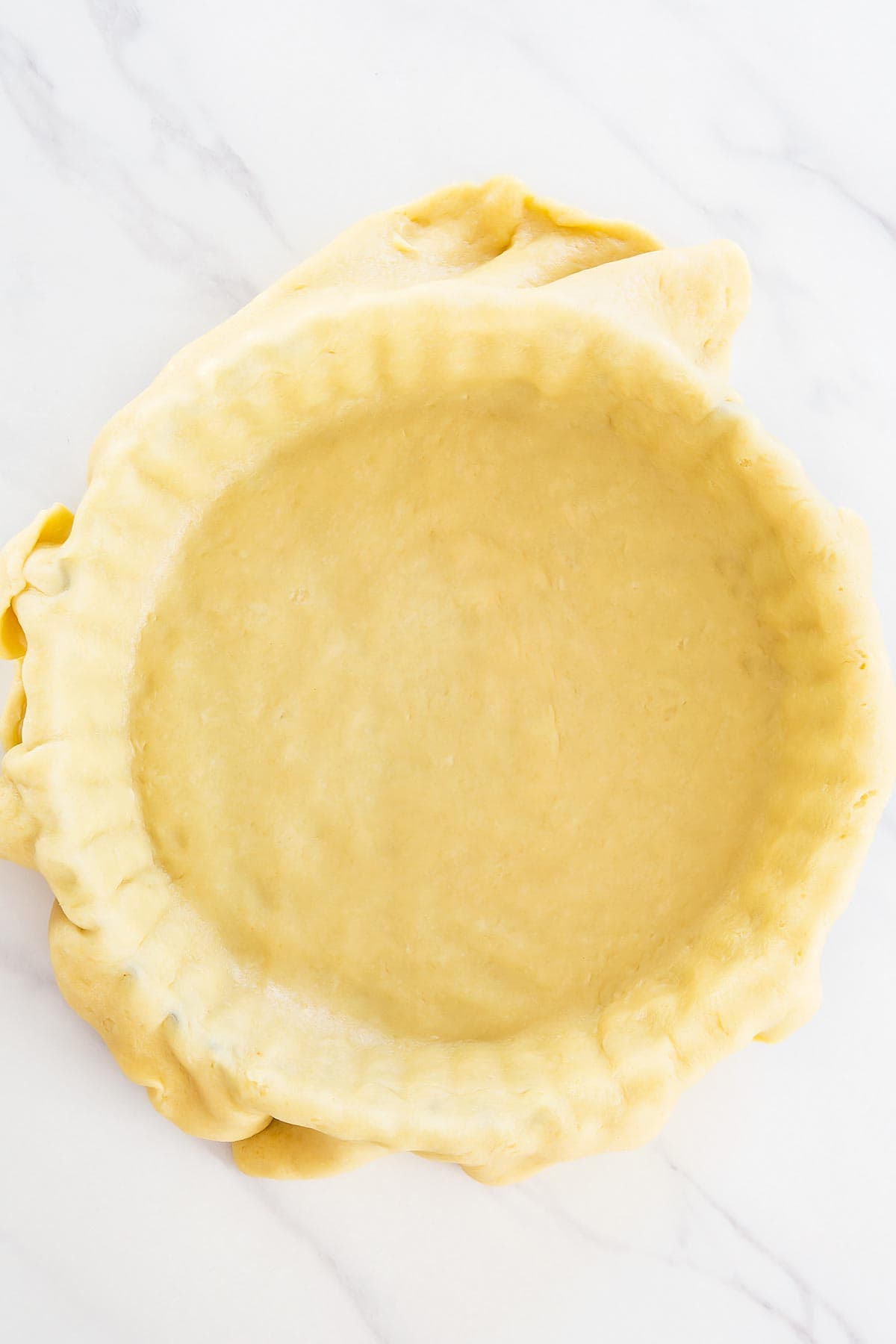
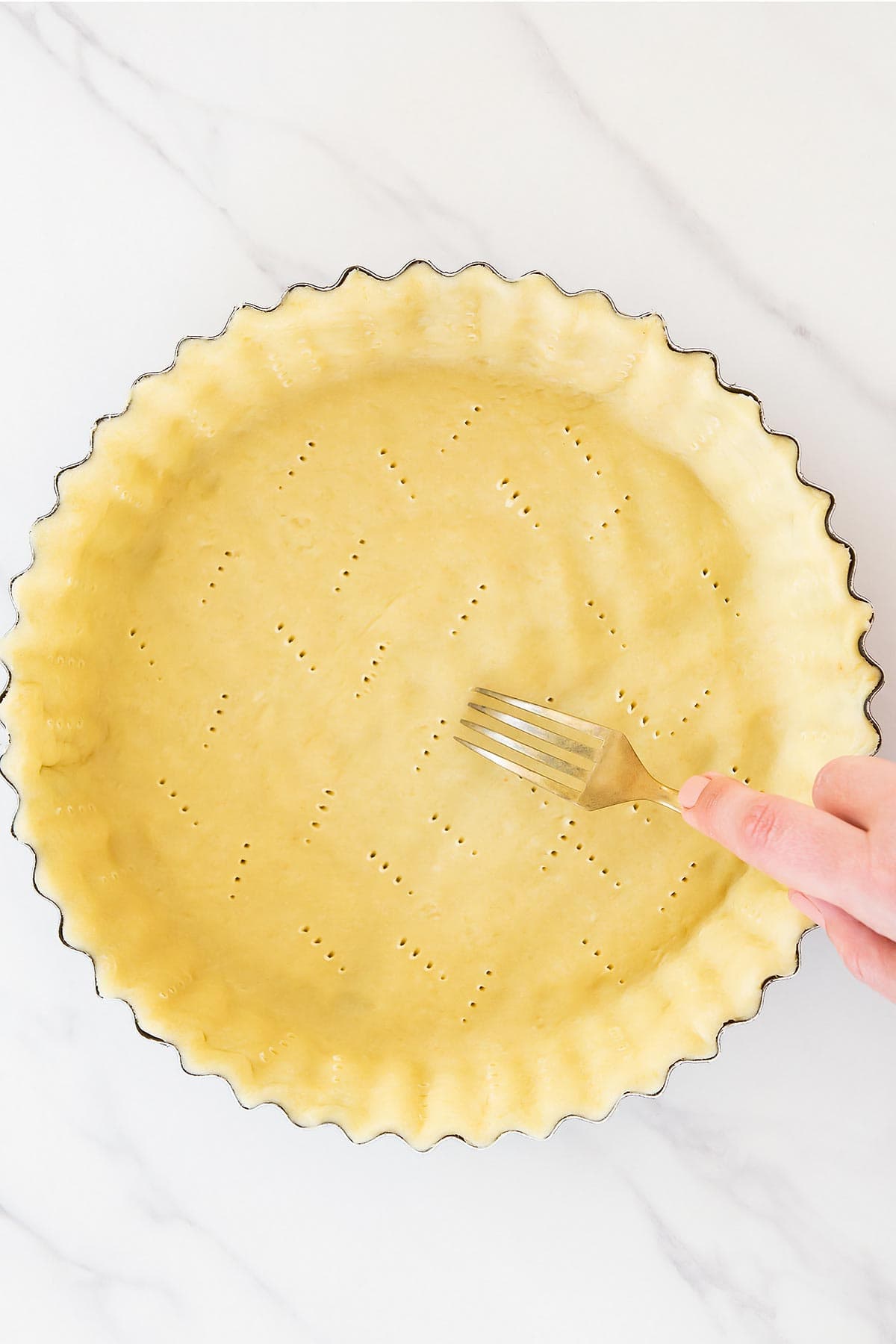
I highly recommend blind baking the crust, which involves weighing it down during the first part of baking so that the crust won't puff up. To do this, place a sheet of parchment paper over the dough. It will easier mold to the inside of the pie crust if the parchment has been crumpled up first. Next, add pie weights, beads, rice, dried beans, or sugar on top for weight.
Then, you bake the flaky pie crust in a 400°F oven for 12 to 15 minutes until golden brown. Make sure that the parchment paper is large enough that you can grab the edges and lift the weights out easily after baking.
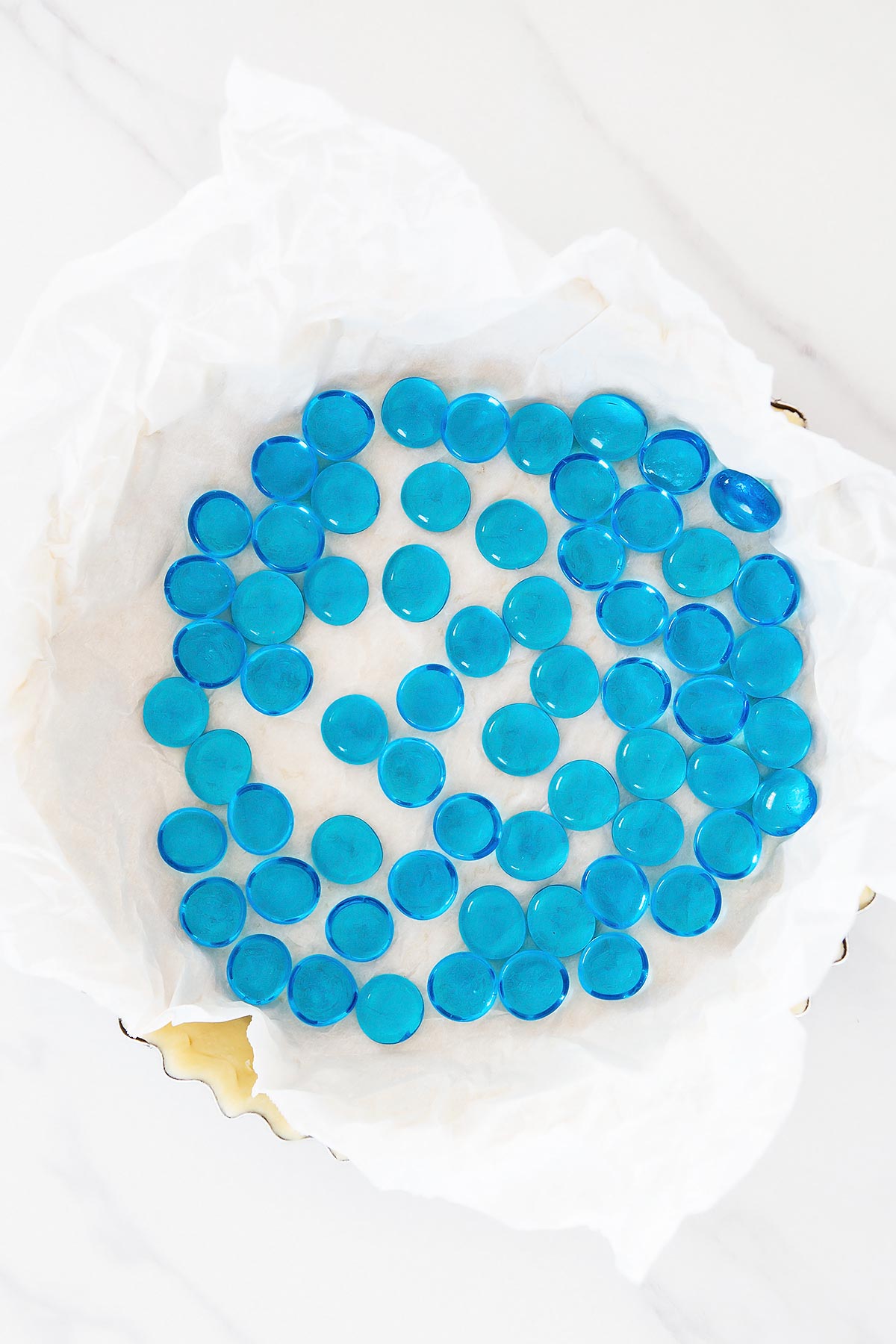
At this stage, you can add your choice of filling to your homemade pie crust and continue to bake. Alternatively, you can continue to bake the crust until golden, about 12 to 15 minutes more. This method is ideal if you would like to add a no-bake filling to your pie, such as chocolate pudding or coconut cream.
How to Make this Flaky Butter Pie Crust Recipe Without a Food Processor
While a food processor is an incredibly convenient tool when making this flaky pie crust, not everyone has one. Luckily, you can prepare the pie dough with a bowl and pastry cutter instead. To do so, you can whisk the flour with the salt in a bowl. Afterward, cube the butter and add it to the bowl.
Using the pastry cutter (or fork), work the butter into the flour mixture until it becomes very crumbly and fine. Finally, add ice-cold water as needed, while using a spatula or your hands to shape the mixture into a dough. Just be sure not to overwork the dough at this step as you want it to bake up to a flaky tender crust. After this, you can shape it into a disk and chill it as usual.
Types of Fillings to Use in this Pie Crust
This is the best pie crust because there are infinite possibilities for what to fill it with. Here are some ideas for baked or unbaked fillings you could try:
Baked Fillings
- Any kind of fruit, such as apples, peaches, or cherry, etc.
- Any kind of berries like strawberries, raspberries, or blueberries, etc.
- Pecan
- Pumpkin
- Lemon or lime curd
- Frangipane (almond custard)
- Veggie quiche
- Salmon Spinach Quiche
- Chicken pot pie filling
Unbaked Fillings
- Coconut cream
- Chocolate cream
- Peanut Butter Cream Pie Filling
- Any ice cream or ice cream combination
- Any pudding or mousse
Random Questions
To achieve a flaky pie crust, use cold butter and handle the dough minimally. Incorporating solid fat into the flour creates pockets during baking, resulting in flakiness. Chilling the dough before rolling also helps.
Cold butter or shortening is commonly used. These fats, when combined with flour and chilled, create a flaky texture during baking.
Flakiness results from the distribution of solid fat (butter or shortening) in the dough. During baking, these fat pockets create layers, yielding a flaky texture.
Both butter and shortening can make a flaky crust. Butter adds flavor, while shortening contributes to a more tender texture. Combining them can offer a balance of flavor and flakiness.
Other Pie Crusts You'll Love:
Recipe

Flaky Butter Pie Crust
Ingredients
- 2 cups all-purpose flour * more for rolling out
- 1 teaspoon salt
- ¾ cup butter cold
- ½ cup ice water
Instructions
- Place flour and salt into a food processor and run for a few seconds to combine. With the machine still running, add the cut up butter pieces through the chute. The mixture should be crumbly and look like wet sand. Now, slowly add ice water into the running machine (one tablespoon at a time, only as much as needed) until a dough ball forms and pulls away from the sides.
- Alternatively, you can also use a pastry cutter (or fork) to cut the butter into the flour and salt. Then add 1 tablespoon of ice water at a time and stir with a spatula until the dough comes together into a ball.
- Shape the ball into a disk, cover in plastic wrap and chill for at least 1 hour or freeze for 20 minutes.
- Roll out chilled dough on a floured surface to about ¼ inch thickness.
- For galettes or rustic tarts you can transfer the rolled out dough to a baking sheet, add your fillings and roughly fold over the edges. Bake at 400°F for 35-50 minutes (depends on filling).
- For a pie, transfer rolled out dough to a pie dish and smooth out so that the dough reaches into the bottom crevice. Crimp or trim overhanging dough. Poke bottom and sides of the crust with a fork to reduce puffing up.
- Blind bake the crust with pie weights. Add a piece of parchment paper over the crust and add pie weights, beans, rice or sugar to keep the crust from puffing up. Bake for 12-15 minutes at 400°F.
- Remove the weights and add fillings that are going to be baked further.
- If you plan to add a no-bake filling, prick the bottom with a fork and bake the crust until golden and fully cooked through - about another 12-15 minutes.
- Let the crust cool fully before adding a no-bake filling.
Notes
Nutrition
Pin for later?
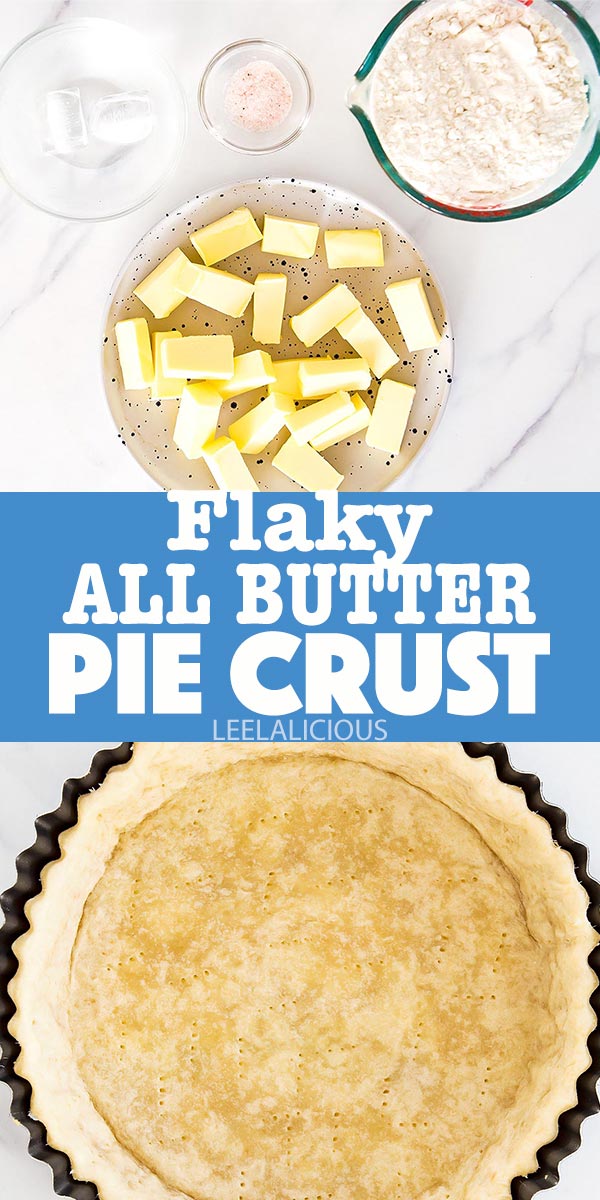


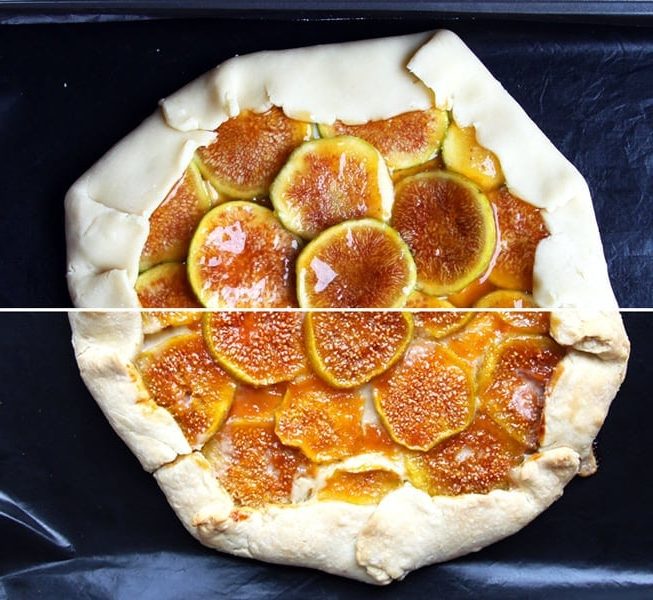
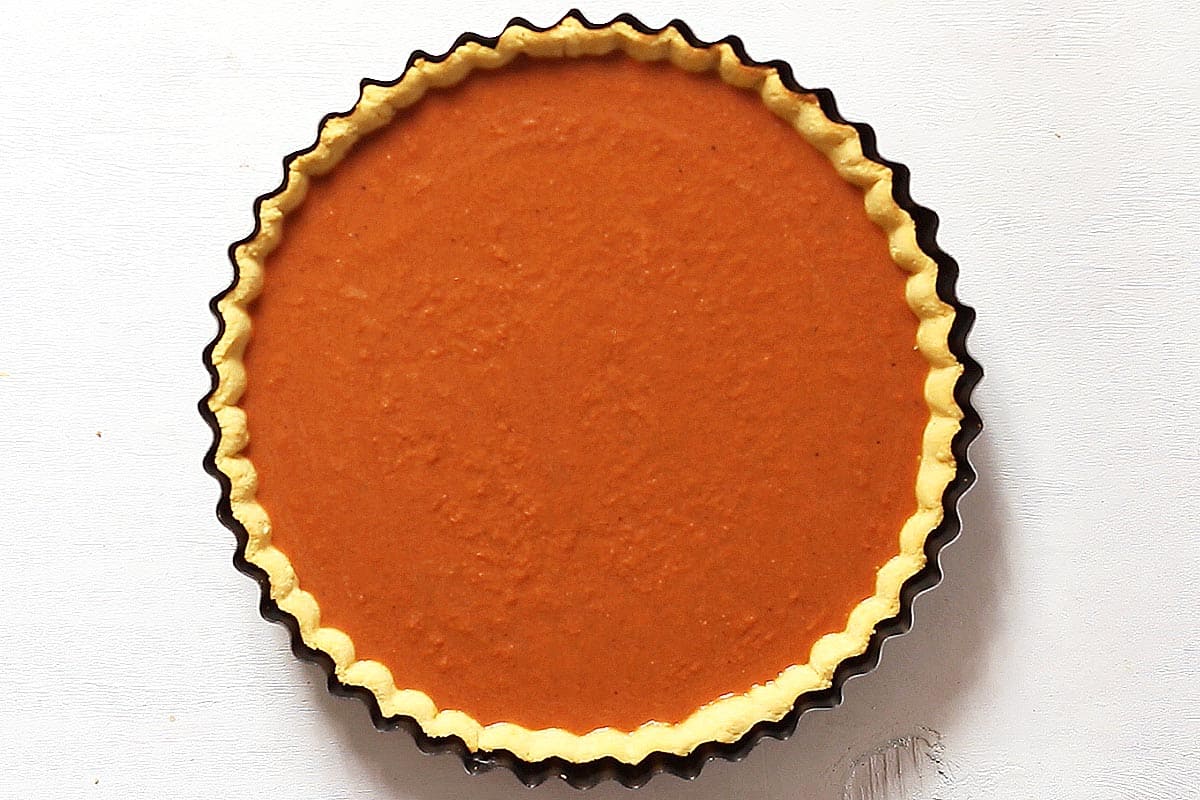
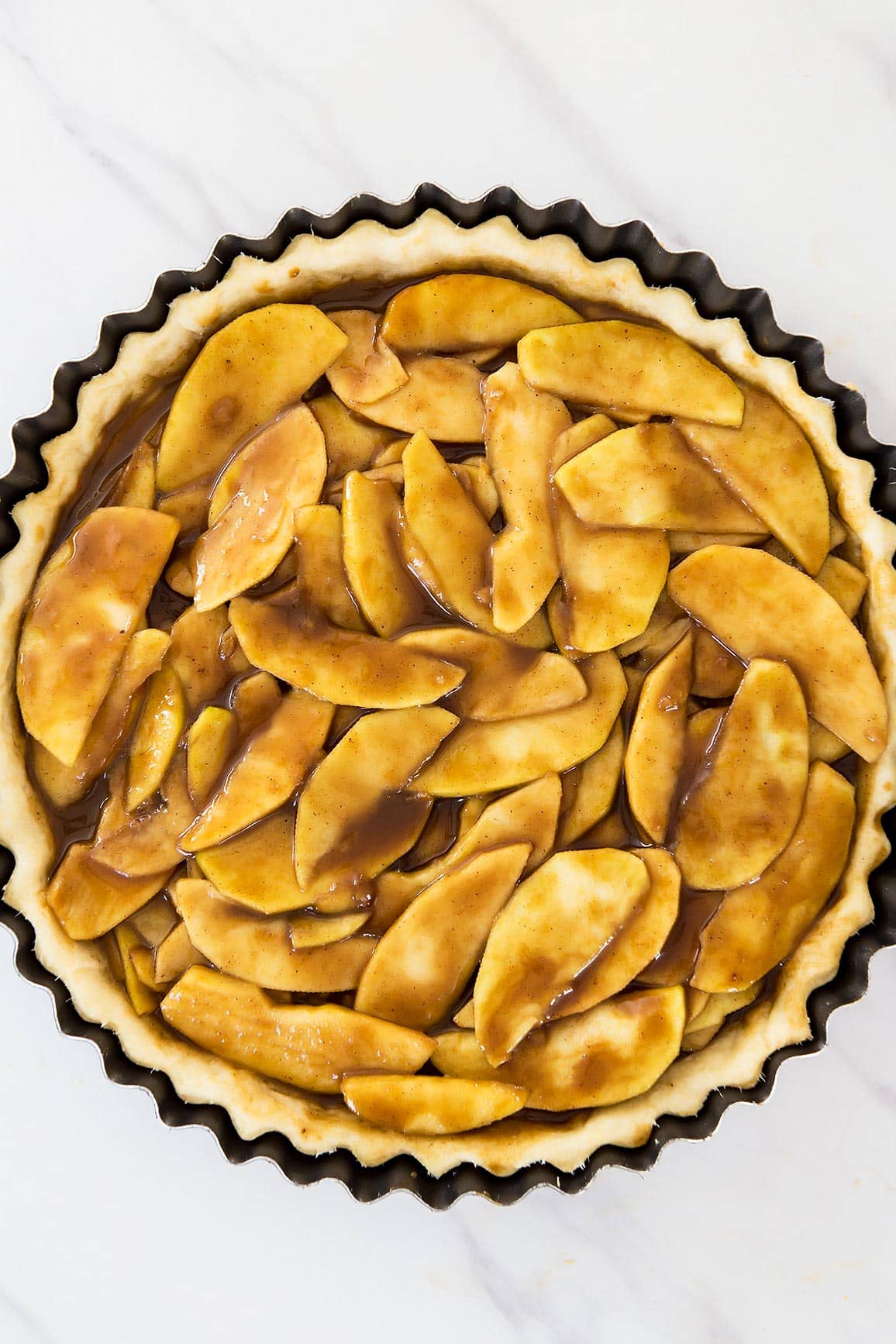
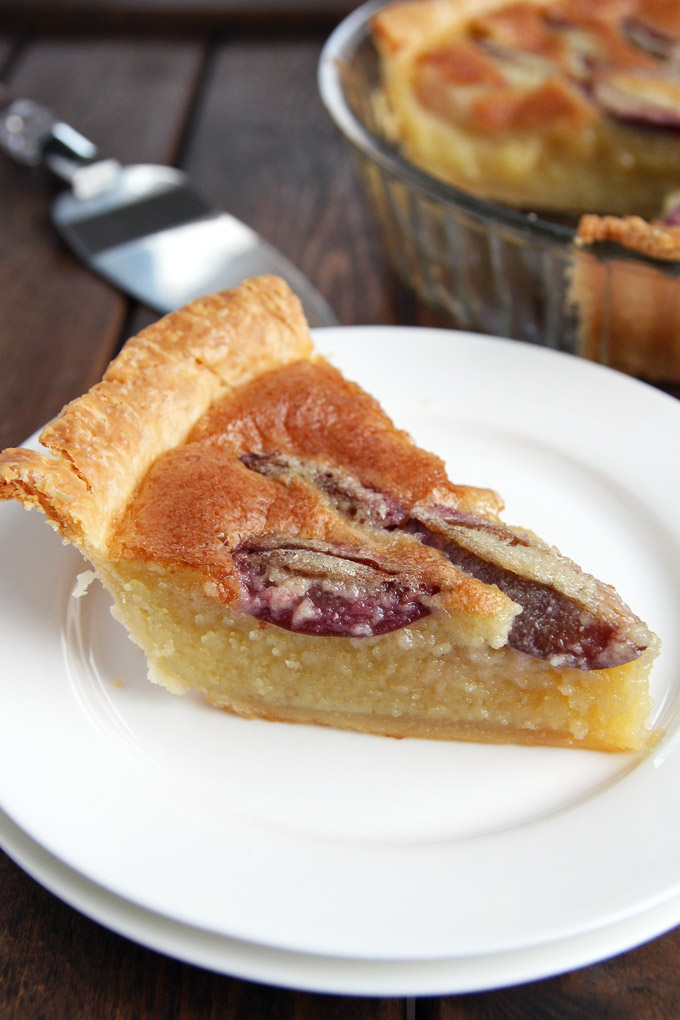
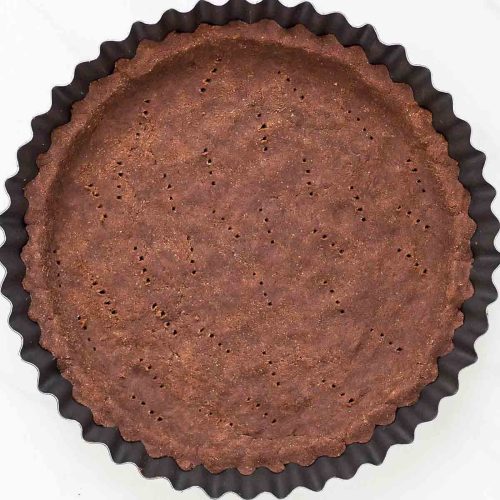
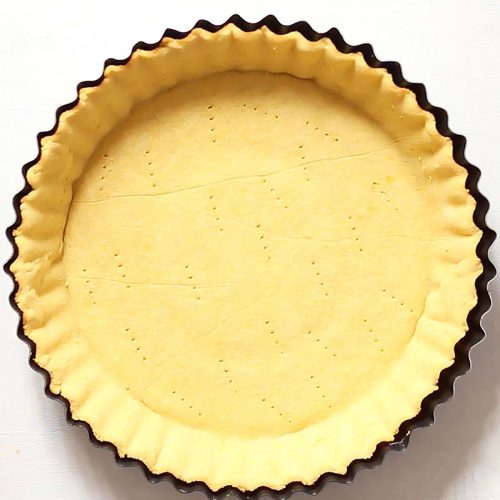
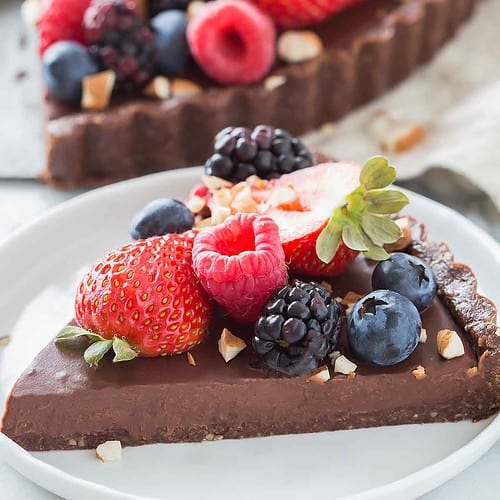
Leave a Reply